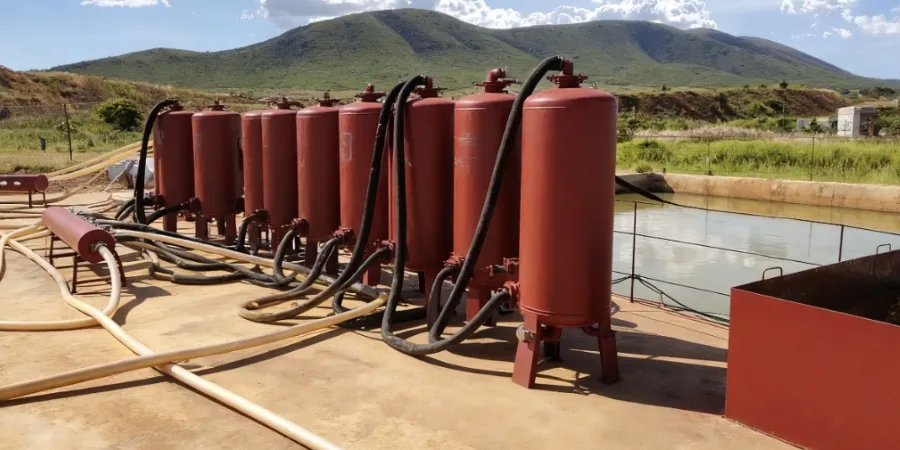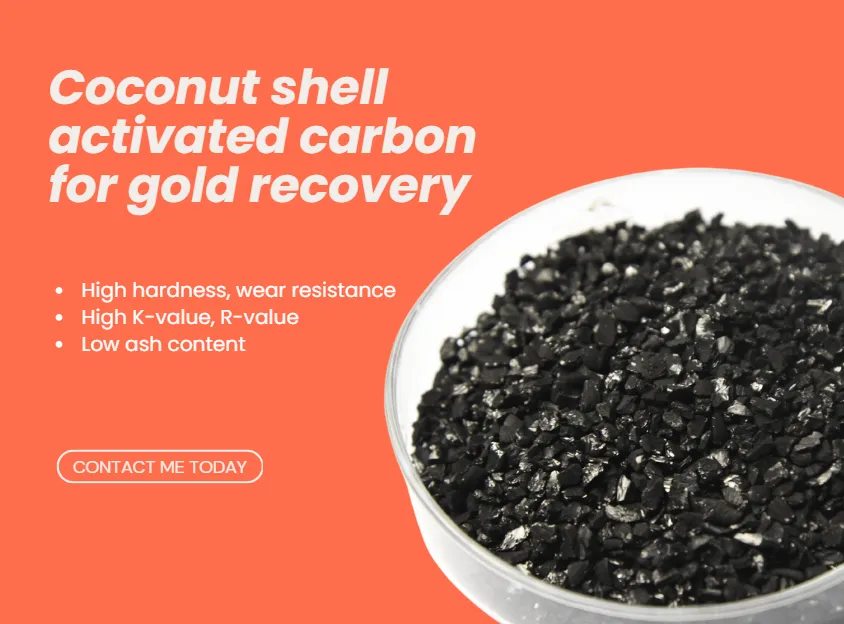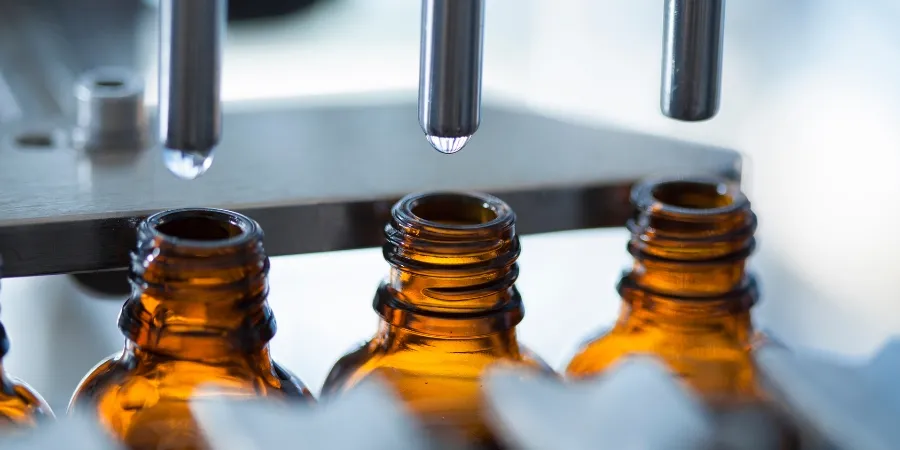The extraction and refining of gold have always been a driving force behind human progress and economic development. However, efficiently and environmentally extracting gold from ore has been a persistent challenge for the mining industry. In modern gold recovery technologies, the use of activated carbon has become an indispensable component.
This article will provide a detailed introduction to the application of activated carbon in gold recovery, helping you maximize the efficiency of your gold recovery process.
The Role of Activated Carbon in Gold Recovery

Activated carbon, with its exceptional adsorption capability, is widely used in the field of gold recovery. During the gold extraction process, cyanide is used to dissolve gold into a soluble gold-cyanide complex. Activated carbon then acts like a “sponge,” adsorbing the gold-cyanide complex from the slurry. This makes activated carbon a critical material in the gold recovery process.
Below are the three main processes used in gold recovery:
Carbon in Pulp (CIP) Process
The CIP process involves adding activated carbon directly into the gold-containing slurry. The main steps are as follows:
- The gold-containing ore is crushed and ground to form a slurry.
- Cyanide solution is added to the slurry to dissolve the gold into a gold-cyanide complex.
- Activated carbon is directly added to the slurry, where it comes into contact with the gold-cyanide complex and adsorbs the gold from the slurry.
- The gold-loaded activated carbon is separated from the slurry using separation equipment and then subjected to desorption and electrolysis to recover the gold.
Characteristics:
- Suitable for recovering gold from high-grade ores.
- Simple process with direct adsorption of gold, providing high efficiency.
Carbon in Leach (CIL) Process
The CIL process is similar to the CIP process, but the key difference is that the activated carbon comes into contact with the slurry during the leaching process, allowing leaching and adsorption to occur simultaneously. The detailed steps are as follows:
- Cyanide solution and activated carbon are added to the slurry, enabling the simultaneous dissolution and adsorption of gold.
- The activated carbon in the leach tank adsorbs the gold-cyanide complex.
- The gold-loaded activated carbon is separated from the slurry and further processed through desorption and electrolysis.
Characteristics:
- Leaching and adsorption occur simultaneously, reducing process time.
- More suitable for low-grade or complex ores, improving recovery efficiency.
Carbon in Column (CIC) Process
The CIC process is primarily used for gold recovery in heap leaching operations and is particularly suitable for low-grade ores. The process works as follows:
- After heap leaching, the cyanide solution percolates through the ore heap, dissolving the gold and forming a gold-containing solution.
- The gold-containing solution is passed through a series of adsorption columns filled with activated carbon, where the carbon adsorbs the gold-cyanide complex.
- The gold-loaded activated carbon is removed from the columns and processed through desorption and electrolysis to recover gold.
Characteristics:
- Suitable for large-scale heap leaching operations, especially for low-grade ores.
- Simple operation with lower input costs, although it requires longer leaching times.
How to Choose the Right Activated Carbon for Gold Recovery
Selecting the right type of activated carbon is crucial for optimizing the gold recovery process. The following key factors should be considered:
- Hardness and Abrasion Resistance: Activated carbon must withstand mechanical abrasion during the adsorption and regeneration processes. High hardness reduces carbon loss.
- Particle Size Distribution: Uniform particle size improves the contact efficiency between activated carbon and the gold-containing solution, enhancing adsorption rates.
- High Adsorption Capacity: The higher the iodine adsorption value of the activated carbon, the stronger its ability to adsorb gold.
- R Value and K Value: These are key indicators of the gold adsorption performance of activated carbon. A high R value indicates strong selectivity, while a high K value indicates fast adsorption kinetics.
- Ash Content: Low ash content ensures the purity of the activated carbon, avoiding impurities that could affect adsorption performance and gold solution quality.
Recommended Gold Recovery Activated Carbon by TingyuanCarbon

We offer high-performance coconut shell activated carbon specifically designed for gold recovery processes. It is suitable for CIP, CIL, and CIC operations and can significantly improve gold recovery rates.
| Parameter | Specification |
|---|---|
| Raw Material | Coconut shell |
| Size | 6-12 mesh / 8-16 mesh |
| Surface Area | >1100 m²/g |
| Iodine Value | >1000 mg/g |
| CTC Adsorption | >50% |
| Ash Content | ≤ 3% |
| Hardness | ≥ 98% |
| K Value | ≥28% |
| R Value | ≥55% |
Conclusion
Activated carbon, with its exceptional adsorption capability, performs outstandingly in gold recovery, maximizing efficiency. Contact us now to get competitive pricing and customized solutions to achieve higher efficiency and profitability for your gold recovery project.





